James Gang Rides Again
Buy James Gang Rides Again The James Gang reached the peak of their relatively short time together with front man Joe Walsh with their sophomore album James Gang Rides Again in the summer […]
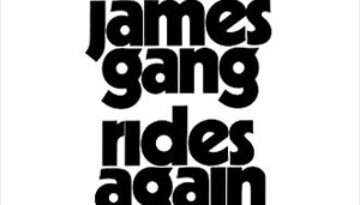
Buy James Gang Rides Again The James Gang reached the peak of their relatively short time together with front man Joe Walsh with their sophomore album James Gang Rides Again in the summer […]
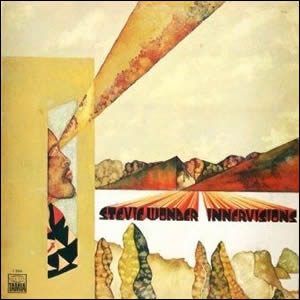
Buy Innervisions Innervisions is an album themed on social issues, drugs, spirituality, and urban life by Stevie Wonder in 1973. Wonder did virtually everything on this album from songwriting to producing to playing […]
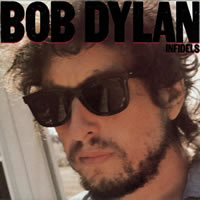
Buy Infidels In 1983, Bob Dylan released his studio album, Infidels. With this, Dylan received his highest critical and commercial success in nearly a decade. Still, through time, Infidels received criticism for not including […]

Buy Horses Horses is the 1975 debut album by Patti Smith, an album which has long become considered a breakthrough masterpiece of minimalist originality and poetic improvisation. Smith and her band had no […]
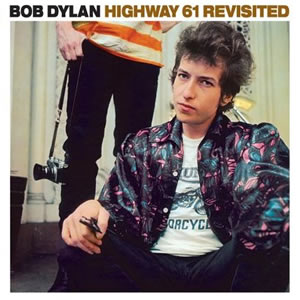
Buy Highway 61 Revisited Some albums are borne of the ether. Some are born of the earth. A rare few refine both into a crystallized masterpiece. Out of Bob Dylan‘s entire discography, Highway […]
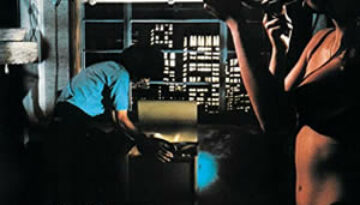
Buy Hi Infidelity Released in late 1980, Hi Infidelity hit commercial pay-dirt for the Illinois-based group REO Speedwagon. The album strikes a nice balance of accessible pop rockers and ballads as the quintet […]
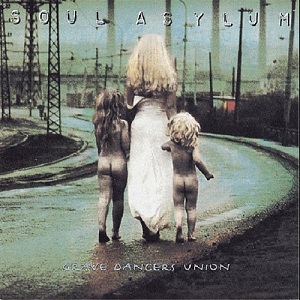
Buy Grave Dancers Union One of the hardest working bands of the late 1980s, Soul Asylum finally broke though in 1992 with Grave Dancers Union. Made up of well-composed three and four minute […]
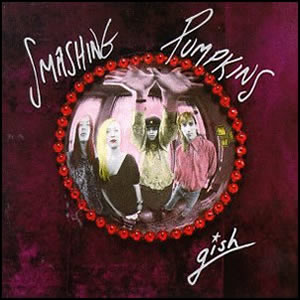
Buy Gish Gish is the debut album by alternative rock band Smashing Pumpkins, released independently in 1991. The album was co-produced by Butch Vig and recorded in his studio in Madison, Wisconsin. The […]
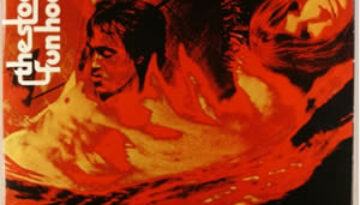
Buy Fun House The second of the initial trio of albums by The Stooges which were considered integral to the development of punk rock, Fun House, has consistently grown in critical stature in […]

Buy Fullfillingness’ First Finale At the age of just 24, Stevie Wonder released his 17th studio album with 1974’s Fulfillingness’ First Finale. This record came when the composer, musician and vocalist was in […]